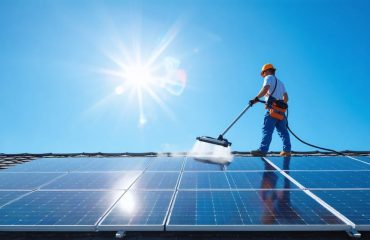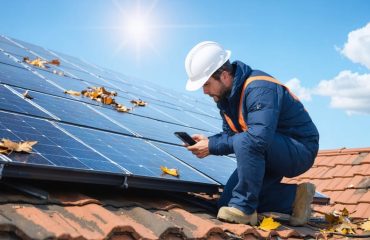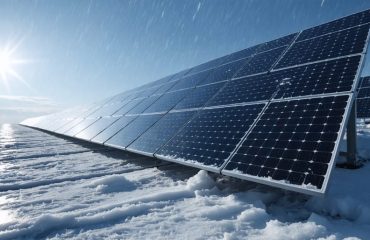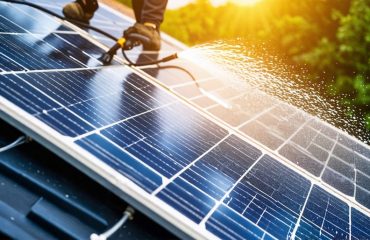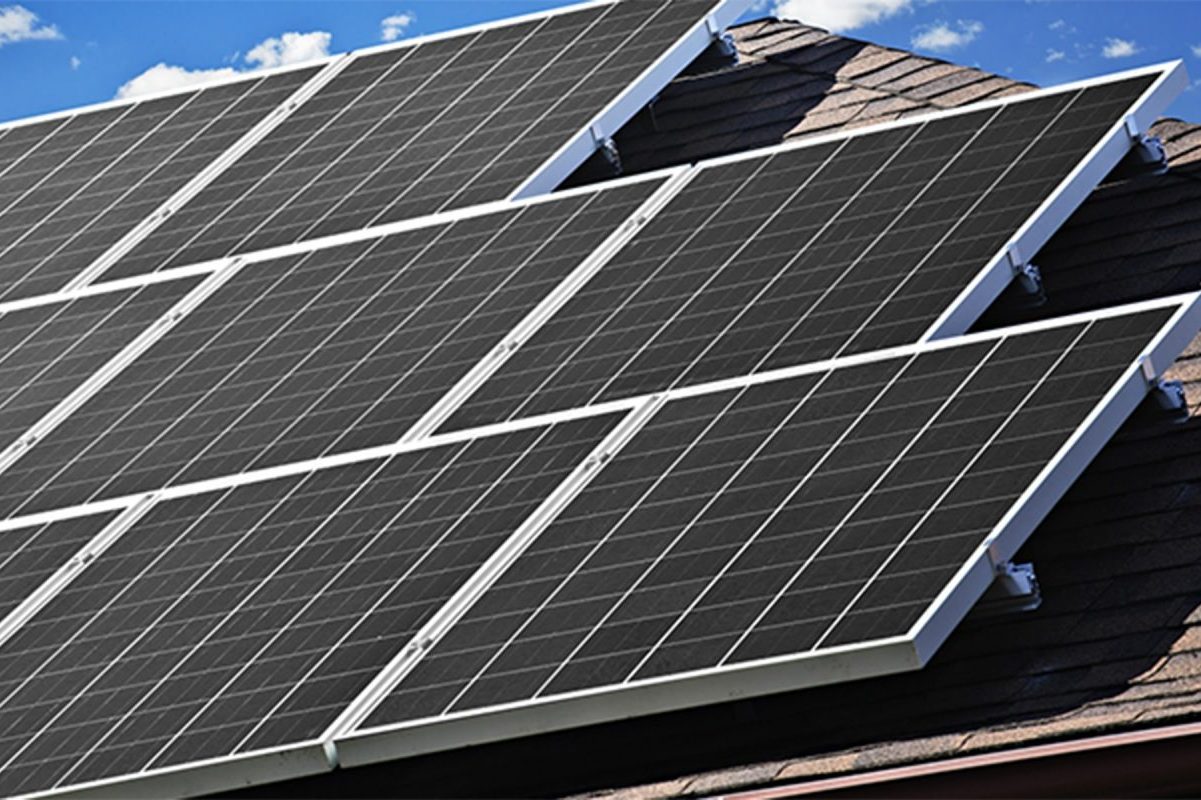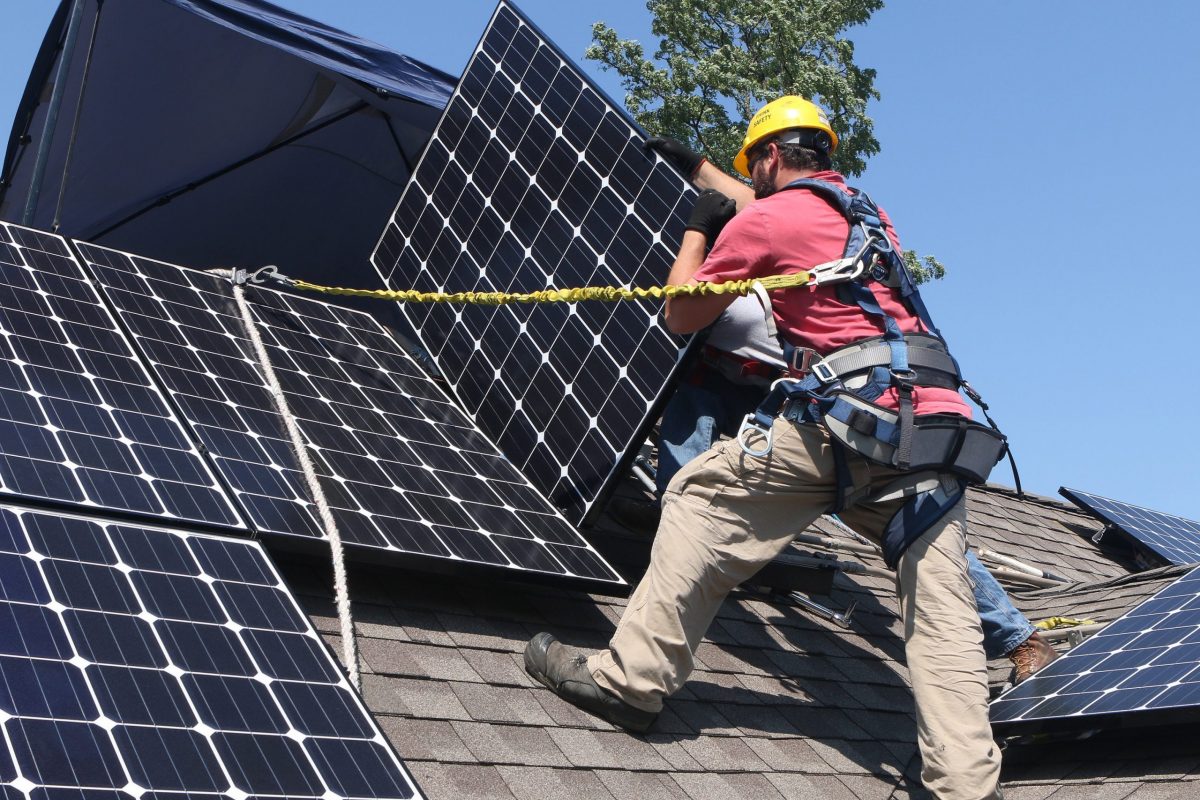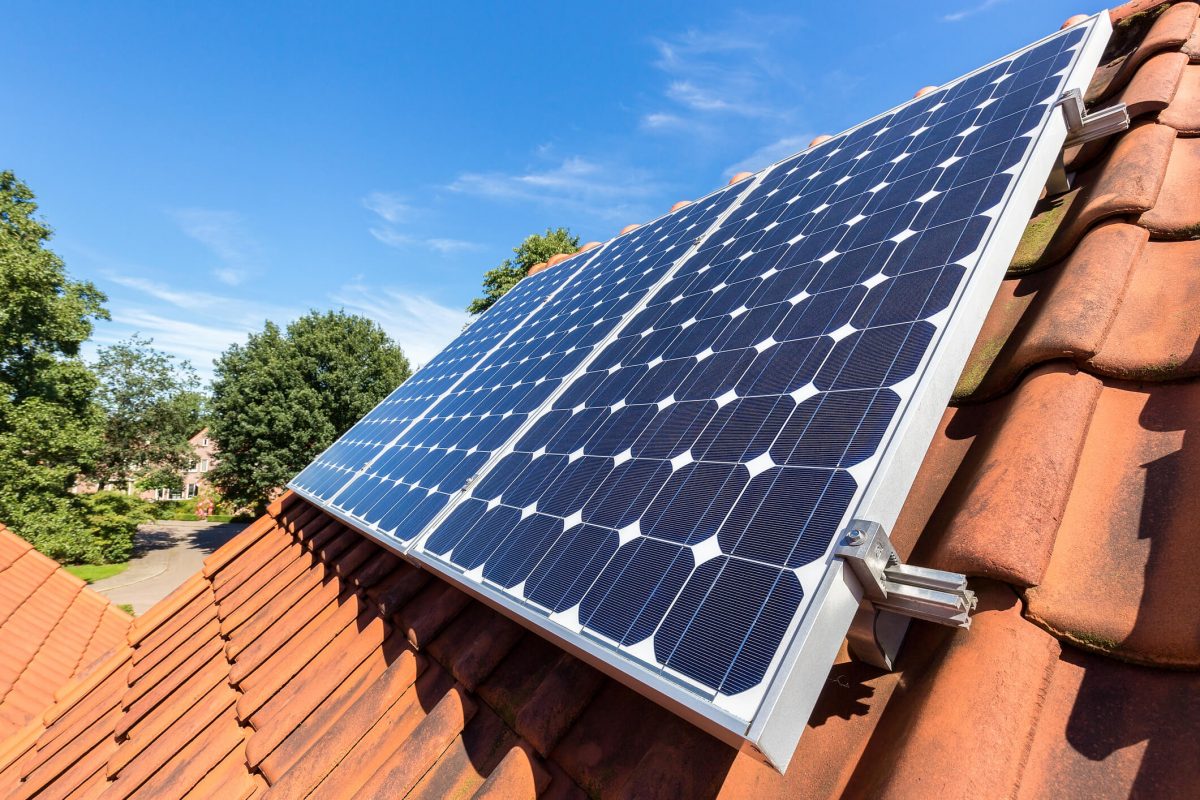Maximizing your solar panel investment requires consistent, strategic maintenance to ensure optimal energy production and system longevity. Regular cleaning, inspection, and monitoring can boost efficiency by up to 30% while preventing costly repairs and extending equipment life. Modern solar systems combine sophisticated technology with straightforward maintenance needs, making it possible for homeowners to handle many upkeep tasks independently.
Today’s smart monitoring systems alert owners to performance issues before they become serious problems, while professional maintenance services provide specialized expertise for more complex challenges. By implementing a balanced approach of DIY care and professional support, homeowners can maintain their solar panels’ peak performance throughout their 25+ year lifespan.
Understanding proper solar panel maintenance isn’t just about protecting your investment—it’s about ensuring reliable, sustainable energy production for your home. Whether you’re a new solar owner or looking to optimize your existing system’s performance, mastering these maintenance fundamentals will help you maximize your return on investment while contributing to a greener future.
This guide covers essential maintenance strategies, from basic cleaning techniques to advanced monitoring solutions, helping you keep your solar panels operating at maximum efficiency year-round.
Why Regular Solar Panel Maintenance Matters
Performance Benefits
Regular maintenance of your solar panels can boost their energy production by up to 30%, making a significant difference in your electricity bills. Clean, well-maintained panels capture more sunlight and convert it more efficiently into usable power. Studies show that dirty or poorly maintained panels can lose 15-25% of their energy production capacity.
By keeping your panels in optimal condition, you’ll see consistent power generation throughout the year. Dust and debris-free panels operate at peak efficiency, especially during prime sunlight hours. This means more energy production during peak rate periods, maximizing your savings.
Properly maintained panels also have a longer lifespan, often exceeding their 25-year warranty period. Regular maintenance prevents common issues like hot spots and micro-cracks that can reduce panel efficiency over time. You’ll notice more stable energy production throughout different seasons and weather conditions.
Additionally, well-maintained panels respond better during cloudy days and low-light conditions, maintaining higher efficiency levels when every bit of sunlight counts. This improved performance translates to more reliable power generation and greater energy independence for your home.
Financial Benefits
Regular maintenance of your solar panels isn’t just about keeping them clean – it’s a smart financial investment that pays off in multiple ways. Well-maintained panels can generate up to 20% more electricity compared to neglected ones, directly reducing your monthly energy bills. When you maximize panel lifespan through proper care, you’re extending the return on your initial investment.
The math is compelling: a typical maintenance routine costs between $150-300 annually, but can prevent thousands in potential repair costs and lost energy production. Regular upkeep helps maintain your warranty coverage and prevents expensive emergency repairs. Most homeowners see a 10-25% improvement in energy generation after thorough cleaning, especially in dusty or pollen-heavy regions.
Consider this: dirty or damaged panels can lose efficiency at a rate of 1% per year, while maintained panels maintain peak performance for decades. By investing in routine maintenance, you’re not just protecting your panels – you’re protecting your wallet and ensuring consistent energy savings for years to come.
Essential Maintenance Tasks You Can Do Yourself
Visual Inspections
Regular visual inspections are a crucial first step in maintaining your solar panels’ performance. Every month, take a few minutes to observe your panels from the ground using binoculars. Look for obvious signs of damage like cracks, discoloration, or debris accumulation. Pay special attention to the frame edges where leaves and twigs often collect.
During your inspection, check that all panels are properly aligned and that none have shifted position. Watch for water stains or moisture buildup under the glass, which could indicate seal failure. Also note any new shade patterns from growing trees or new structures that might affect panel performance.
Take photos during your inspections to track changes over time. This documentation can be invaluable for warranty claims or when consulting with maintenance professionals. If you spot anything concerning, like snail trails (gray/brown discoloration), hot spots, or broken glass, contact a solar professional immediately.
For safety reasons, avoid climbing onto your roof for close-up inspections unless you have proper safety equipment and experience. Many modern solar systems come with monitoring apps that can alert you to performance issues, complementing your visual checks.
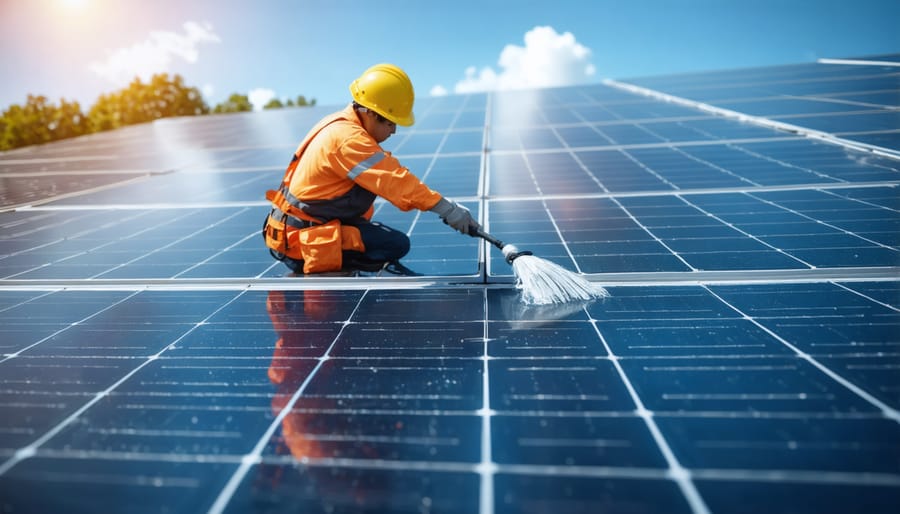
Cleaning Techniques
Regular cleaning of your solar panels is essential for maintaining their efficiency. The good news is that keeping your panels clean doesn’t require specialized skills or expensive equipment. Let’s explore some effective cleaning methods that you can safely use at home.
Start by choosing the right time to clean your panels – early morning or evening when they’re cool to touch. Use soft water (distilled or de-ionized) to prevent mineral deposits from forming on the panels. A simple mixture of water and mild, non-abrasive soap works perfectly for most cleaning situations.
For basic cleaning, use a soft brush with an extension handle or a leaf blower to remove loose debris. When dealing with stubborn dirt, gently wipe the panels with a soft cloth or sponge attached to your extension pole. Always avoid using metal objects, harsh cleaning products, or high-pressure washers, as these can damage the panels’ surface.
During cleaning, work from the top down and keep the panels wet throughout the process to prevent dirt from scratching the surface. Rinse thoroughly with clean water to remove all soap residue. For safety, always clean from the ground if possible, and never climb onto your roof without proper safety equipment.
In areas with automated sprinkler systems, consider adjusting them to spray your panels occasionally, helping to maintain cleanliness between manual cleanings. During winter, use luke-warm water to prevent thermal shock, and never attempt to scrape off snow or ice, as this could damage the panels.
Remember, if you’re uncomfortable performing these tasks yourself, professional cleaning services are always available and recommended for complex installations or hard-to-reach panels.
Monitoring Performance
Regular monitoring of your solar panel system’s performance is key to ensuring you get the most from your investment. Modern solar installations typically come with monitoring systems that provide real-time data about energy production through user-friendly apps or web portals. These tools allow you to track daily, monthly, and yearly power generation, helping you spot any unusual drops in efficiency.
Most monitoring systems will alert you when performance falls below expected levels, which could indicate issues like dirt buildup or equipment problems. Pay attention to your energy bills and compare them with your solar production data – this simple habit can help you identify potential problems early on.
For those without built-in monitoring systems, there are several aftermarket solutions available that can be installed to track your panels’ output. These devices typically connect to your home’s Wi-Fi network and provide detailed performance metrics through smartphone apps.
Keep a log of your system’s performance, particularly during different weather conditions and seasons. This information creates a baseline for normal operation and makes it easier to identify when something isn’t working as it should. If you notice a sudden drop in energy production on clear, sunny days, it’s time to investigate or call a professional.
Remember that monitoring isn’t just about spotting problems – it’s also about optimizing your energy usage and maximizing your return on investment.
Smart Technology for Solar Panel Maintenance
Automated Cleaning Systems
Automated cleaning systems are revolutionizing the way homeowners maintain their solar panels, offering a hands-free solution to keeping panels at peak efficiency. These innovative systems come in two main types: robotic cleaners and integrated spray systems.
Robotic cleaners work like autonomous vacuum cleaners for your solar panels, moving across the surface to remove dust and debris. These smart devices use sensors to navigate the panel array, working on a programmed schedule or as needed. They’re particularly useful for larger installations where manual cleaning might be impractical or time-consuming.
Integrated spray systems, on the other hand, consist of small nozzles installed along the edges of your solar panels. These systems periodically spray water or cleaning solution across the panels, washing away accumulated dirt. Many modern systems are weather-smart, activating only when necessary and conserving water through efficient distribution.
The benefits of automated cleaning systems are substantial. They eliminate the need for manual cleaning, reducing maintenance time and effort while ensuring consistent panel performance. Many systems can be monitored through smartphone apps, allowing you to track cleaning cycles and panel efficiency from anywhere.
While the initial investment in automated cleaning systems may be higher than manual cleaning tools, they often pay for themselves through improved panel efficiency and reduced maintenance costs. They’re especially valuable in areas with frequent dust, pollen, or bird activity, where regular cleaning is essential for maintaining optimal energy production.
Smart Monitoring Solutions
Modern technology has revolutionized how we maintain solar panels through innovative monitoring solutions. Smart monitoring systems provide homeowners with valuable insights into their solar installation’s performance and maintenance needs, making it easier than ever to keep panels operating at peak efficiency.
These digital tools offer real-time performance monitoring, allowing you to track energy production, identify potential issues, and receive maintenance alerts directly on your smartphone or computer. Many systems come with user-friendly apps that display daily, weekly, and monthly energy generation data in easy-to-understand graphs and charts.
Key features of smart monitoring solutions include:
– Automatic fault detection that alerts you to performance drops
– Weather integration to compare actual vs. expected energy production
– Energy consumption tracking to optimize your solar usage
– Maintenance scheduling reminders based on system performance
– Mobile notifications for immediate attention to issues
These monitoring systems can detect problems like dust accumulation, shade interference, or electrical issues before they significantly impact your energy production. This proactive approach helps you maintain optimal panel efficiency while reducing the need for emergency repairs.
Most modern solar installations come with built-in monitoring capabilities, but you can also retrofit older systems with smart monitoring devices. This investment typically pays for itself through improved system performance and reduced maintenance costs.
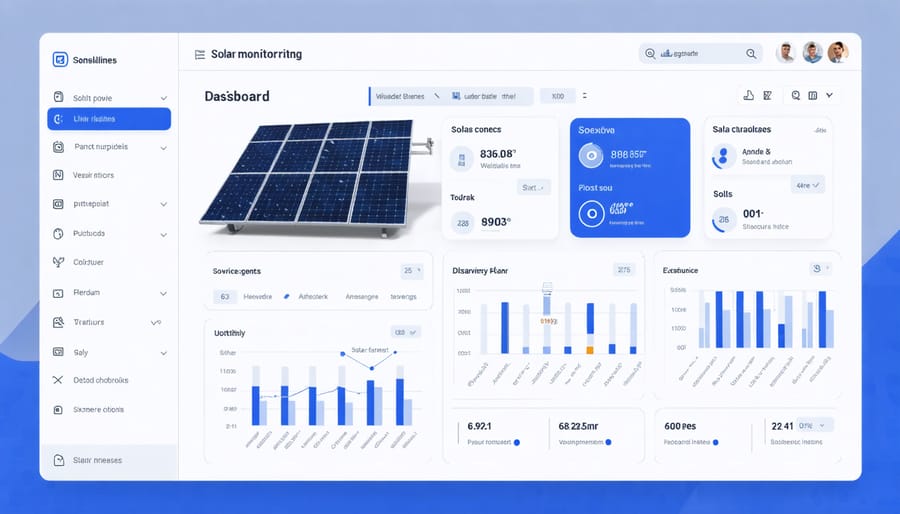
When to Call the Professionals
Common Problems
While solar panels are generally reliable, certain warning signs indicate it’s time to call a professional. If you notice a significant unexplained drop in energy production, this could signal various common solar panel issues that require expert attention. Physical damage like cracks, discoloration, or delamination (separation of panel layers) should never be ignored, as these can lead to more serious problems if left unaddressed.
Watch out for error messages on your inverter display or monitoring system, which often indicate electrical issues beyond DIY solutions. If you notice hot spots on panels through thermal imaging, or see snail trails (dark, discolored lines), these indicate potential cell damage requiring professional evaluation.
System performance issues during favorable weather conditions might suggest problems with wiring, inverters, or other electrical components. Similarly, if your monitoring system shows irregular voltage or current readings, it’s time to contact a certified technician.
Water pooling around mounting equipment or visible rust on hardware are red flags that could compromise your system’s structural integrity. Additionally, if you observe loose connections, exposed wiring, or hear unusual sounds from your inverter, these situations demand immediate professional attention to ensure both system efficiency and safety.
Remember, attempting to fix electrical components or climbing onto your roof without proper training can be dangerous and may void your warranty. When in doubt, always consult with certified solar professionals.
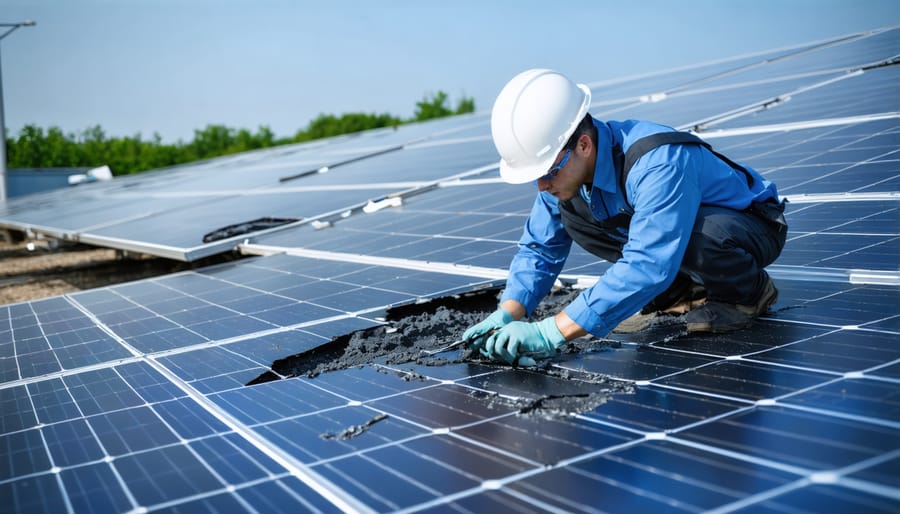
Professional Maintenance Schedule
While regular DIY maintenance is important, professional solar panel inspections should be scheduled annually to ensure optimal performance and longevity of your system. Professional technicians have the expertise and specialized equipment to perform comprehensive checks that go beyond basic cleaning and visual inspections.
During a professional maintenance visit, technicians typically:
– Conduct detailed electrical performance tests
– Check all wiring connections and components
– Inspect mounting hardware and structural integrity
– Test inverter efficiency
– Verify proper system grounding
– Assess for any potential safety issues
– Calibrate monitoring systems
– Document system performance metrics
For systems in areas with harsh weather conditions or high pollution levels, semi-annual professional inspections may be recommended. Most solar panel warranties require proof of regular professional maintenance to remain valid, so keep detailed records of all service visits.
Consider scheduling professional maintenance:
– Before and after severe weather seasons
– When you notice significant drops in energy production
– If your monitoring system indicates any issues
– Every 12 months for routine checkups
Many solar installation companies offer maintenance packages that include regular inspections, cleaning, and performance monitoring. These service plans often provide priority scheduling for repairs and can be more cost-effective than paying for individual service calls. Request detailed reports after each maintenance visit to track your system’s performance over time.
Maintaining your solar panels doesn’t have to be complicated or time-consuming. By following a regular cleaning schedule, conducting visual inspections, monitoring system performance, and addressing issues promptly, you can maximize your solar investment for years to come. Remember to clean your panels at least twice a year, check for debris monthly, and keep surrounding trees trimmed. While many maintenance tasks can be handled independently, don’t hesitate to contact professionals for thorough inspections or complex repairs. With proper care, your solar panels can continue delivering clean, efficient energy while helping you save on utility bills. Make solar panel maintenance part of your routine home care, and you’ll enjoy the benefits of sustainable energy generation for decades to come.


